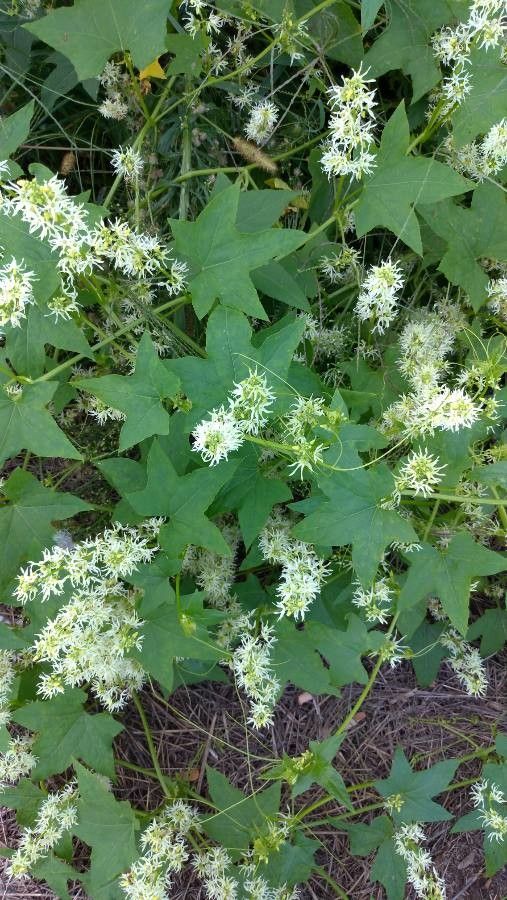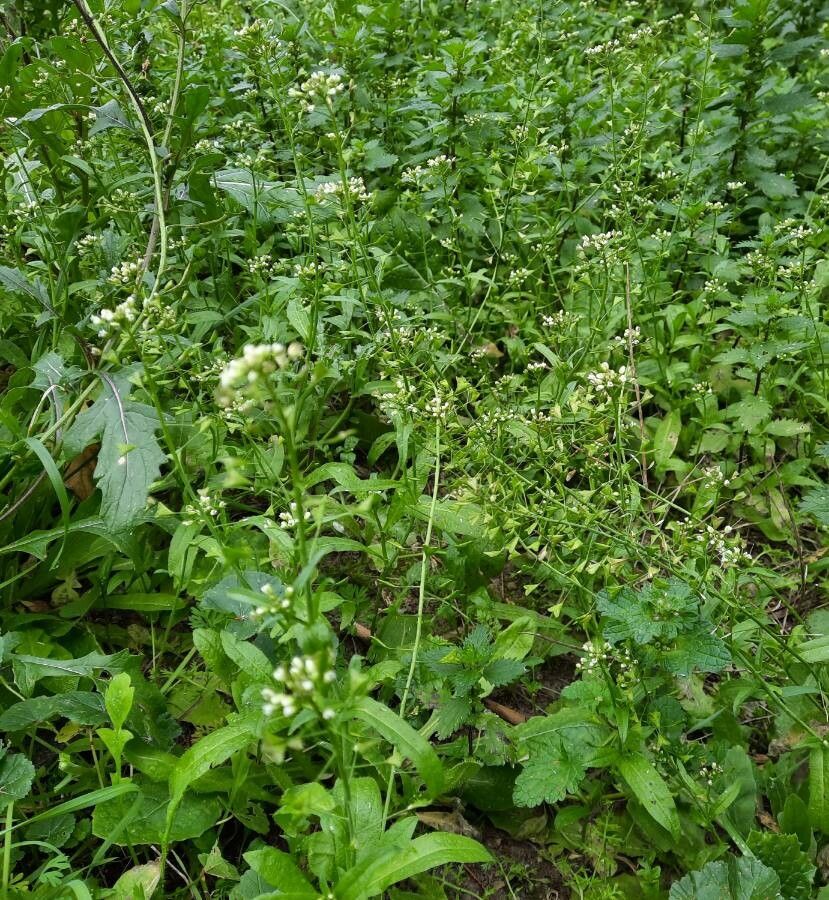# Bur-mallow: A Comprehensive Guide
Bur-mallow, a member of the Malvaceae family (which includes cotton and hibiscus), is a fascinating plant with a rich history and unique characteristics. While often overlooked, understanding its needs can unlock its potential in your garden or as a subject of botanical interest. This comprehensive guide delves into the details of cultivating and caring for this intriguing species.
### Habitat and Growth
Bur-mallow thrives in a variety of habitats, showcasing its adaptability. It's frequently found in disturbed areas, roadsides, and open fields, indicating a tolerance for less-than-ideal soil conditions. It prefers full sun to partial shade, demonstrating its ability to thrive in diverse lighting conditions. Its growth habit is typically upright, reaching heights that vary depending on environmental factors and specific species.
### Soil Needs and Planting
While Bur-mallow tolerates a range of soils, it prefers well-drained earth. It's not particularly fussy about soil pH, demonstrating remarkable resilience. Planting is best undertaken in spring or autumn, allowing the plant ample time to establish itself before extreme weather conditions. Ensure the planting site receives adequate sunlight to encourage robust growth.
### Sun Exposure and Watering
As mentioned, Bur-mallow appreciates ample sunlight. Six to eight hours of direct sunlight per day is ideal, contributing to abundant flowering and overall plant health. However, it can also tolerate some shade, especially during the hottest parts of the day in warmer climates. Watering requirements are moderate; consistently moist but well-drained soil is crucial. Avoid overwatering, which can lead to root rot.
### Propagation and Maintenance
Bur-mallow can be propagated through seeds or cuttings. Seed propagation is relatively straightforward, with seeds readily germinating in suitable conditions. Cuttings, taken from healthy stems, can also be successfully rooted. Maintenance is minimal, primarily involving weeding and occasional watering during dry periods. Pruning is rarely necessary unless you aim to control its size or shape.
### Pest and Disease Resistance
Bur-mallow tends to be quite resistant to common garden pests and diseases. Its robust nature contributes to its ability to withstand environmental stressors. However, monitoring for any signs of infestation or disease is still advisable, taking prompt action if necessary.
### Conclusion
Bur-mallow is a rewarding plant to cultivate, offering both aesthetic appeal and a glimpse into the resilience of nature. By understanding its preferences for sunlight, soil, and watering, you can successfully integrate this fascinating species into your garden or landscaping project. Further research into specific Bur-mallow species can provide even more tailored care instructions.
### Additional Resources
[Link to relevant scientific articles]
[Link to local botanical society]
Bur-mallow: Complete Guide & Care Tips

Frequently Asked Questions
How to grow Bur-mallow?
Plant Bur-mallow seeds or cuttings in well-drained soil in spring or autumn. Ensure the location receives at least 6-8 hours of sunlight daily, and water moderately, keeping the soil consistently moist but not waterlogged.
What kind of soil does Bur-mallow need?
Bur-mallow isn't particular about soil pH but thrives in well-drained soil. Avoid heavy clay soils that retain too much moisture.


